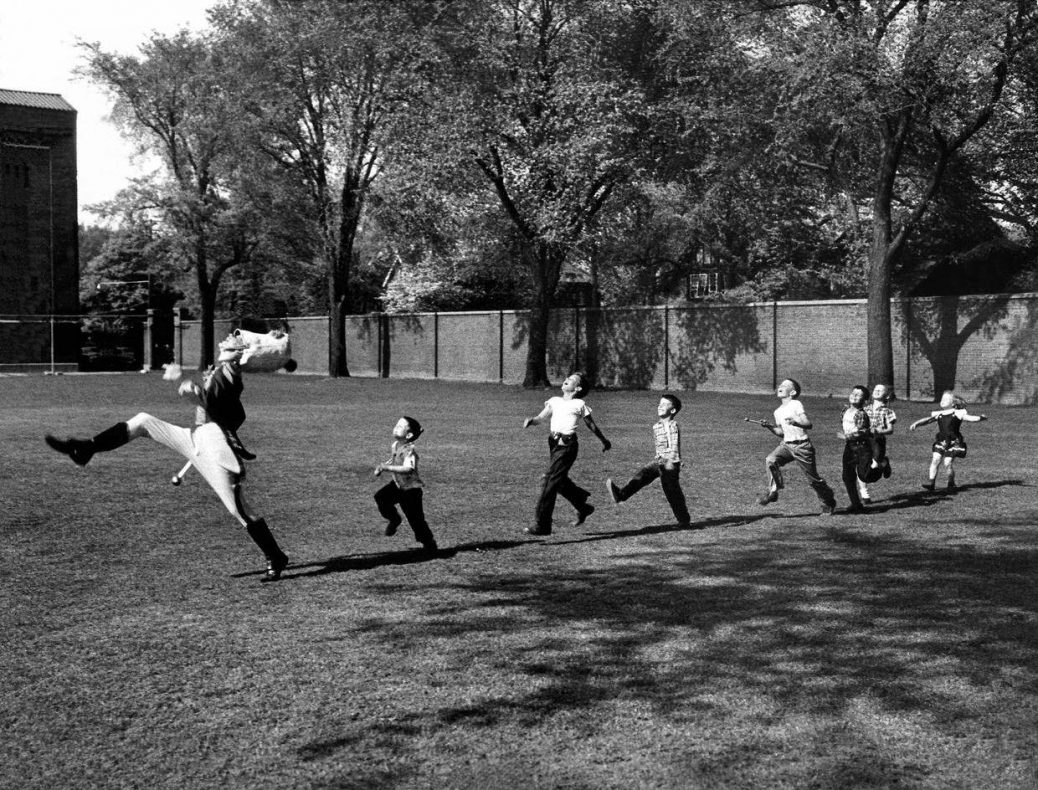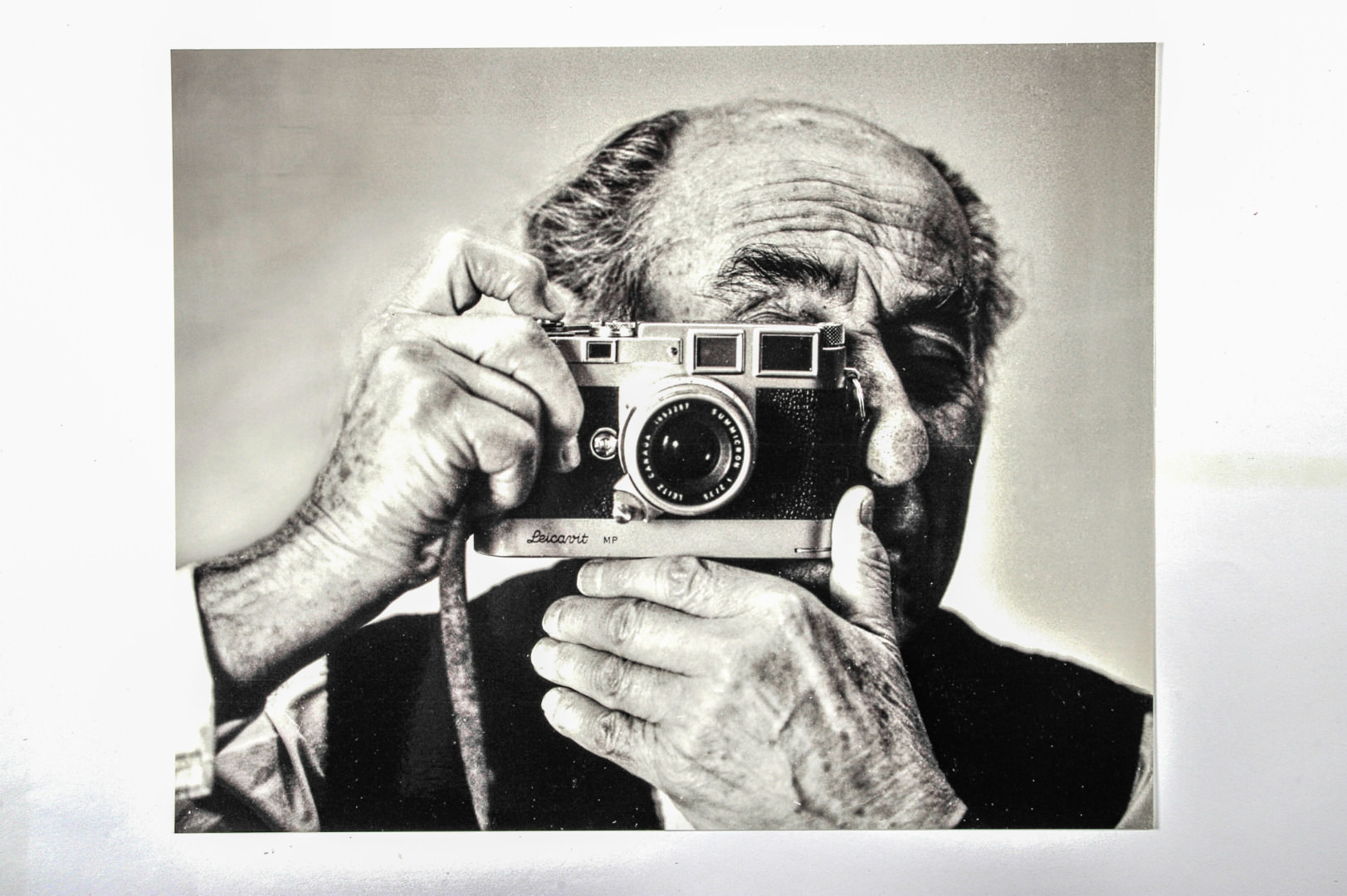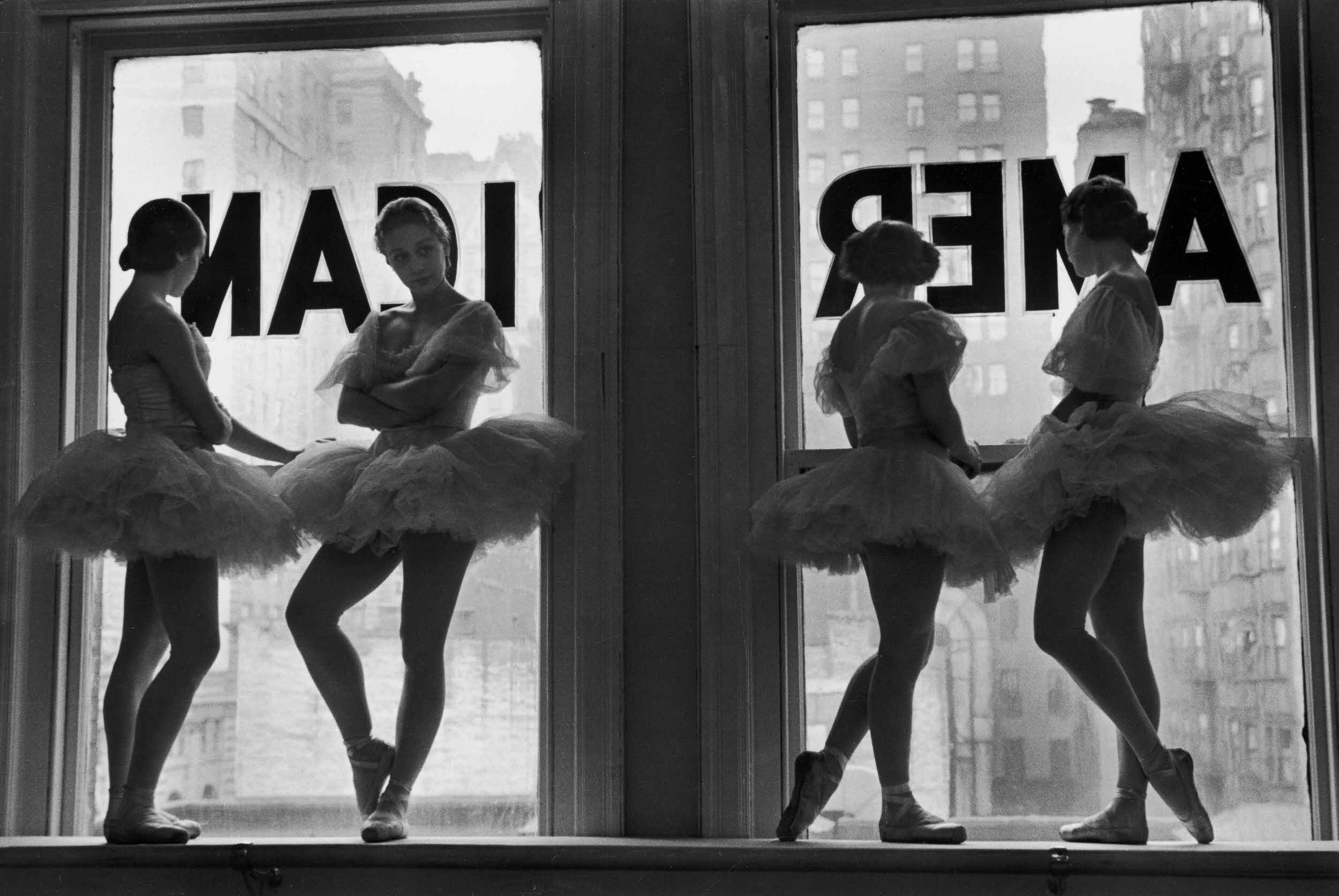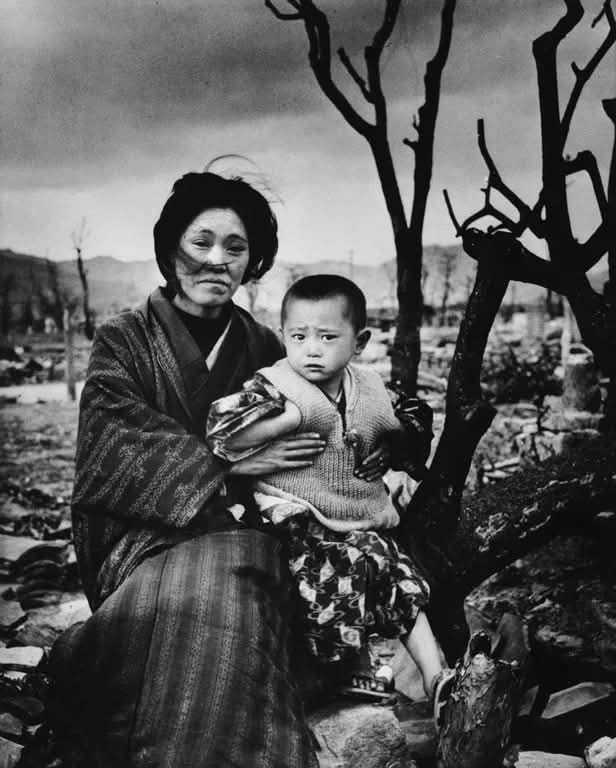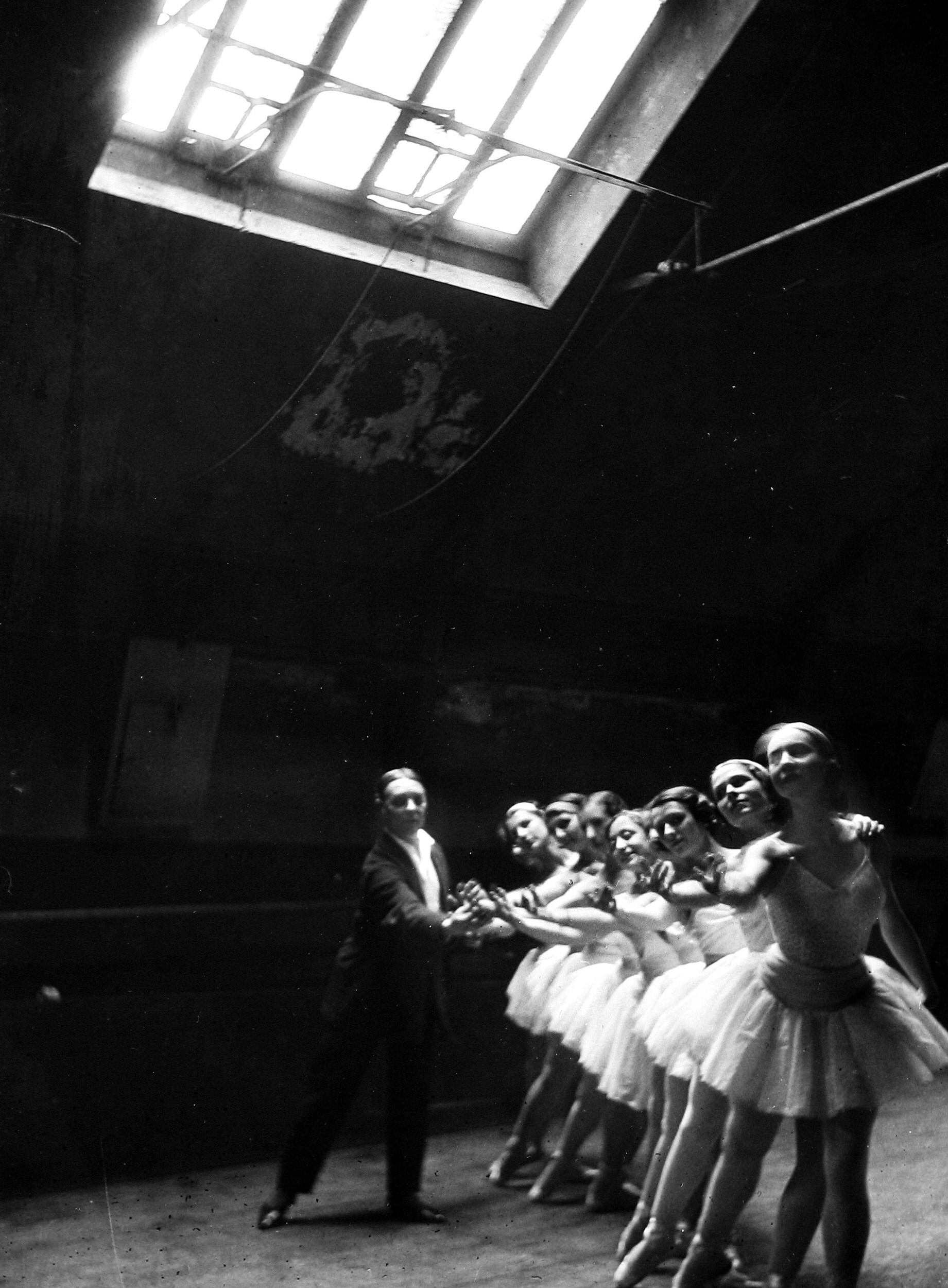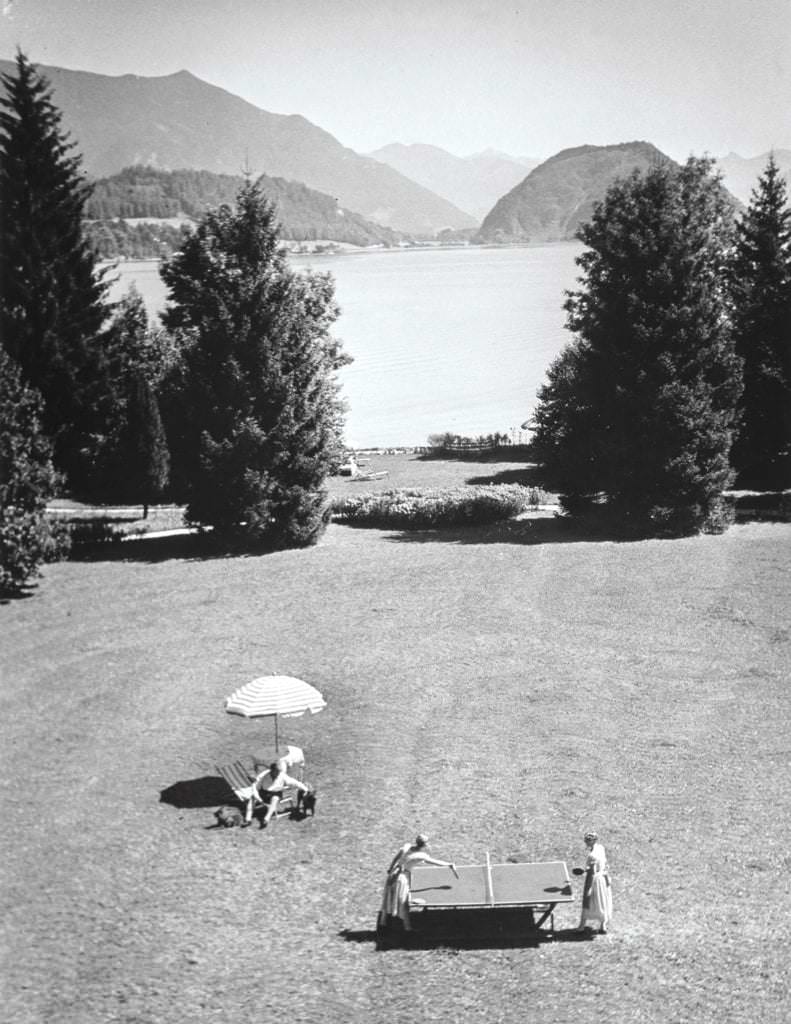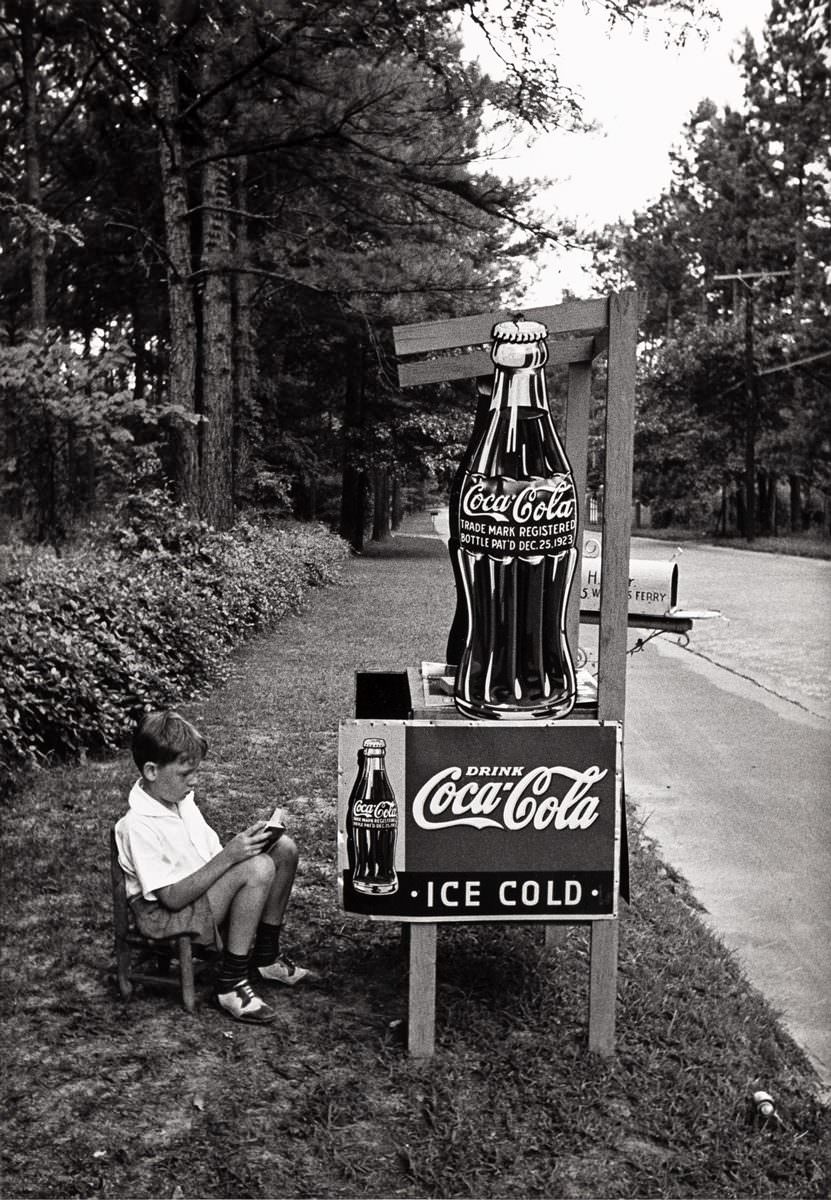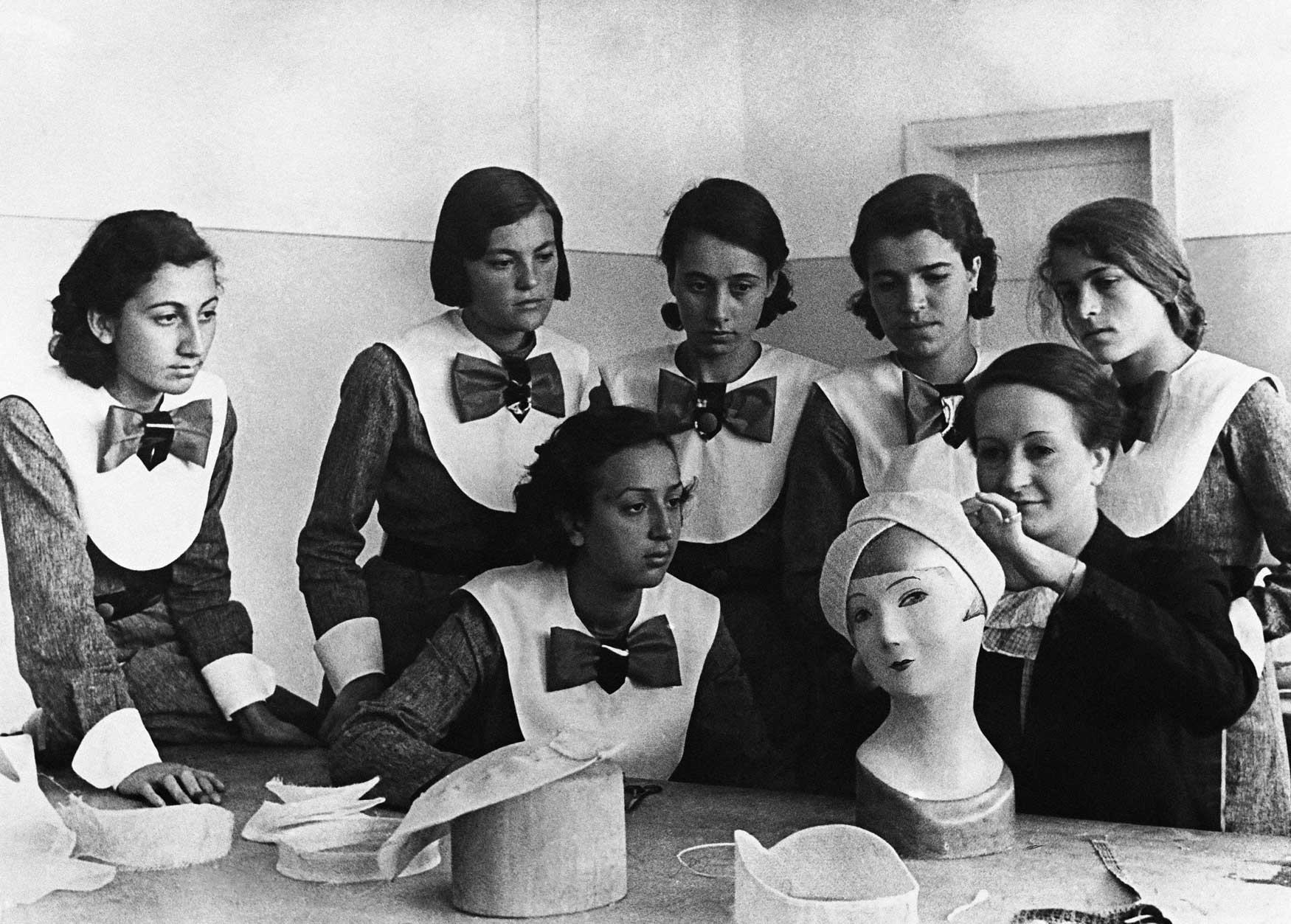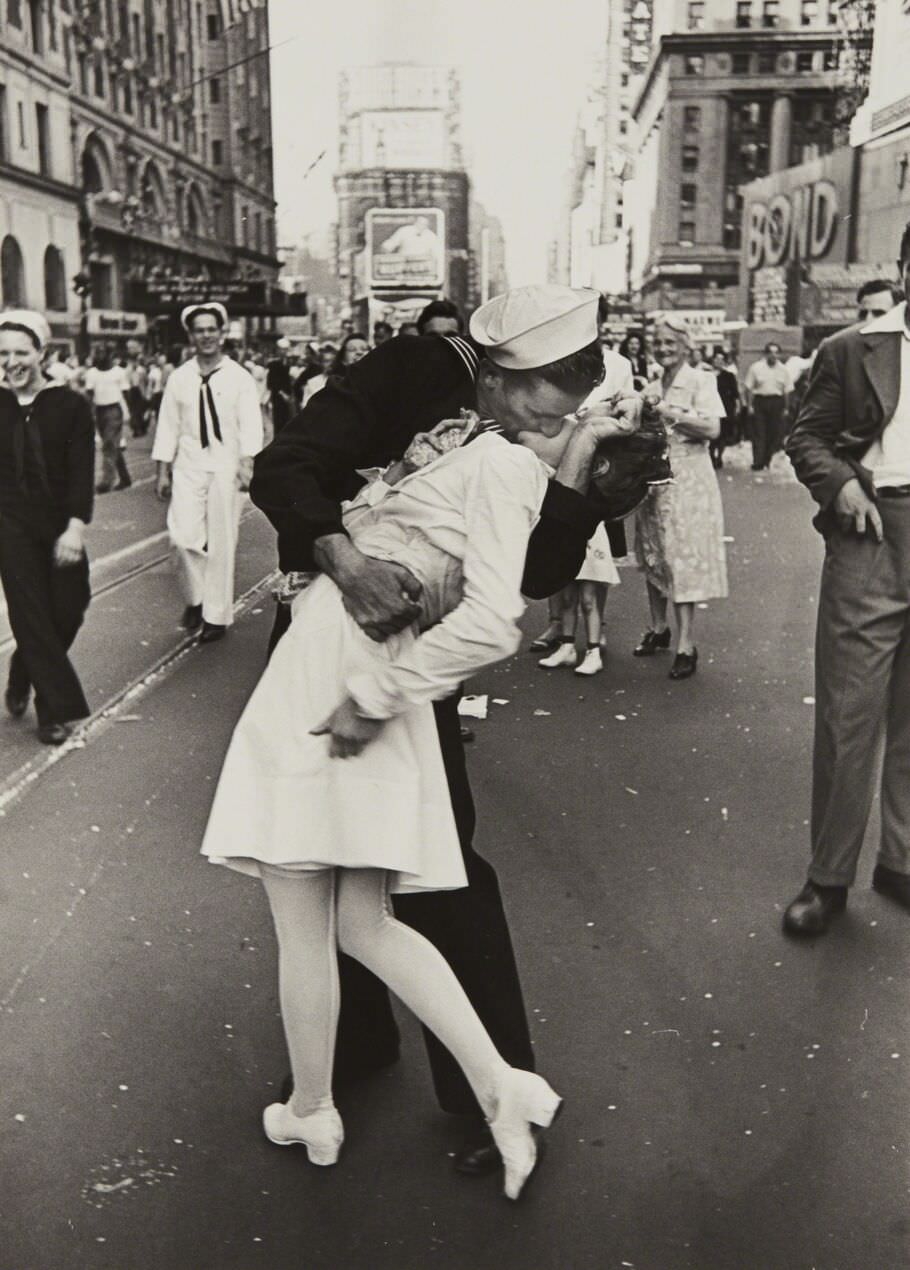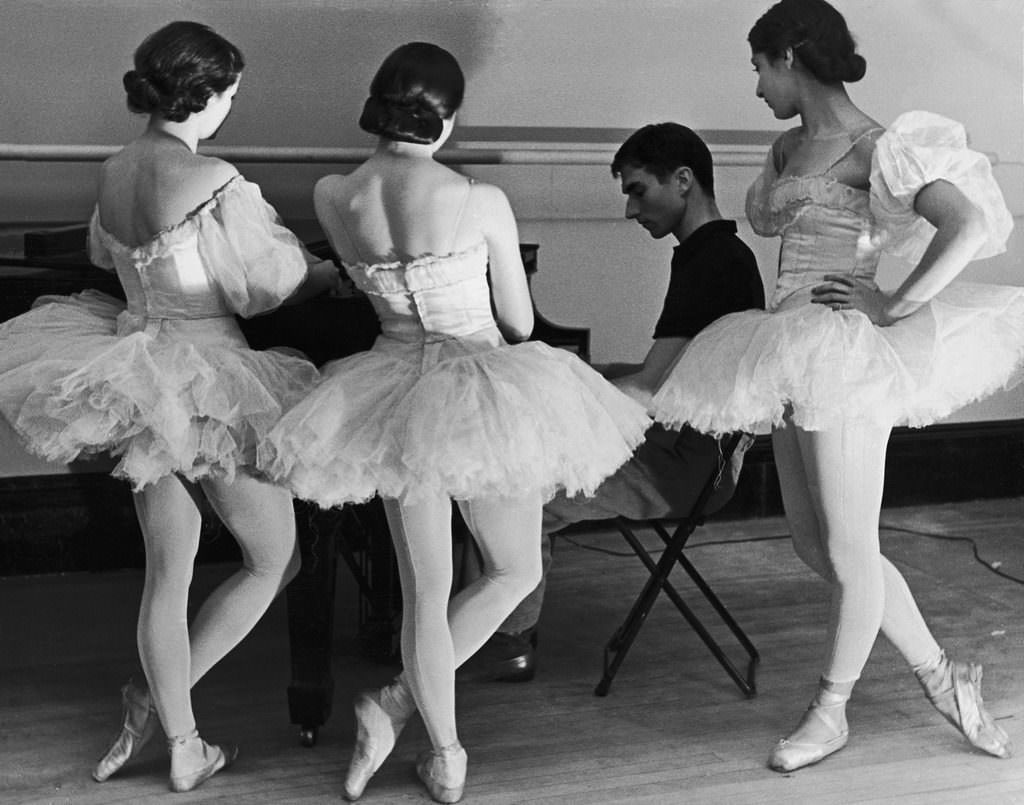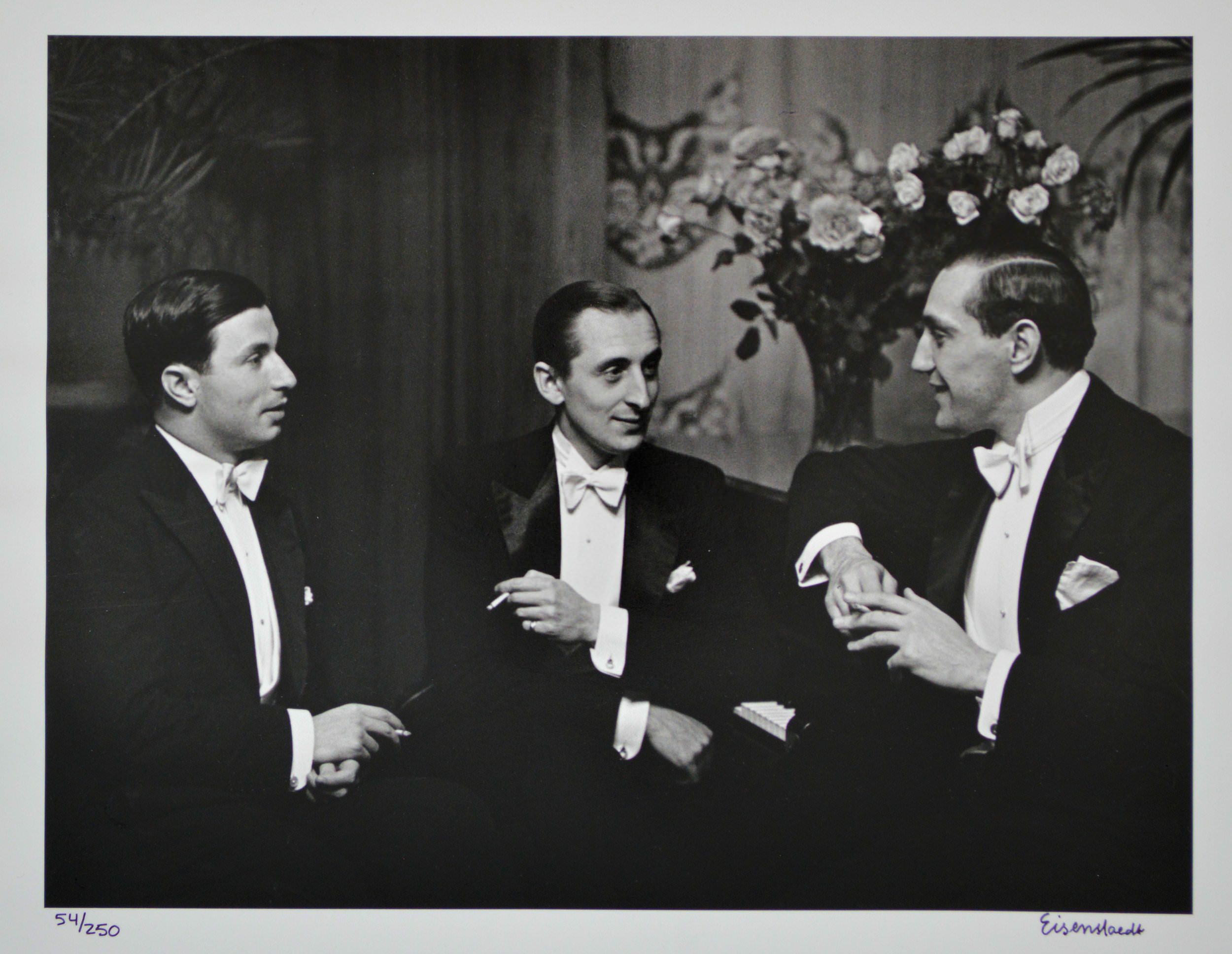Alfred Eisenstaedt: A Major Retrospective at CAMERA
CAMERA, the Italian Center for Photography presents a landmark exhibition, open until September 21, 2025, dedicated to one of the most iconic photojournalists of the 20th century: Alfred Eisenstaedt. Curated by Monica Poggi, this exhibition marks the first major retrospective of Eisenstaedt’s work in Italy in over four decades, bringing together 150 photographs, many of which have never been publicly exhibited before.
Internationally recognized for his legendary image of V-J Day in Times Square—the sailor’s kiss that became a symbol of the end of World War II—Eisenstaedt was more than just a witness to history. Over the course of a six-decade career, he captured the faces, rituals, contradictions, and dreams of the 20th century with a rare combination of precision, empathy, and wit.
This exhibition traces the breadth of his visual legacy, beginning with his early assignments in 1930s Germany, where he captured haunting portraits of Nazi elites, including a now-famous image of Joseph Goebbels reacting to the presence of a Jewish photographer. From there, the exhibition follows Eisenstaedt’s trajectory through the golden years of American prosperity, postwar Japan, and the quieter contemplations of his later works of the 1980s.
His style, deeply rooted in the American documentary tradition, is unmistakably his own: candid yet composed, observational yet emotionally resonant. At times lyrical, at times surreal, Eisenstaedt’s photographs balance the clarity of journalism with the sensitivity of a storyteller. His images, often deceptively simple, reveal complex layers of meaning and human vulnerability.
About the Author
Alfred Eisenstaedt was born in 1898 in Dirschau, West Prussia (now Tczew, Poland). His journey into photography began at the age of 14, when an uncle gave him his first camera: an Eastman Kodak No. 3. He began his career in earnest in the late 1920s as a freelance photographer for the Associated Press in Germany, where his keen eye and technical mastery quickly earned him a reputation among European photo editors.
His work was soon published in major illustrated magazines, including the influential Berliner Illustrirte Zeitung. However, the rise of Nazism in Germany, coupled with the introduction of racial laws against the Jews, prompted Eisenstaedt to emigrate to the United States in 1935. There, his career reached new heights when he became one of LIFE magazine’s original photographers in 1936—a partnership that would last nearly fifty years and produce over 2,500 photo essays.
Eisenstaedt had an uncanny ability to earn the trust of his subjects—from world leaders like Winston Churchill and John F. Kennedy to cultural icons like Marilyn Monroe and Sophia Loren—often using a small, unobtrusive Leica to photograph them in candid, intimate moments. However, his work also extended to ordinary people and everyday life, which he approached with the same attention and humanity.
He continued to work into his nineties and died in 1995 at his summer home on Martha’s Vineyard, a place he returned to year after year and frequently photographed. He left not only some of the most enduring images of the 20th century, but also a model of photography as a form of profound human engagement.
Alfred Eisenstaedt
through 21 September 2025
CAMERA – Turin -Italy
More info:
https://camera.to/en/

